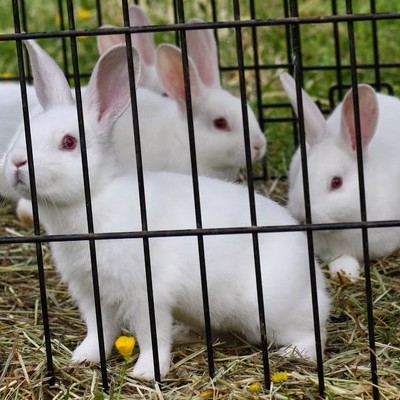This is the notion of hydroponics, benefits and some examples of plant species. Nowadays, how to cultivate plants by means of hydroponics is developing, because one of its advantages does not require extensive land to do so. Many people who use this technique to grow crops are just hobbies or there are also to earn income. For those of you who want to know what hydroponics is, here we summarize the explanation.
A. What Is the Definition of Hydroponics?
What is meant by hydroponics is how to cultivate plants by utilizing water without using soil as a planting medium, so that hydroponics is very important in fulfilling plant nutrition.
Plants can thrive and produce fruit faster even without using soil as a growing medium. Wherever plants grow, they will always grow well if the nutrients are fulfilled. In the hydroponic method the function of the soil substitute media is to support plants only and most importantly, water serves to dissolve nutrients that will be absorbed by the roots of plants. With the hydroponic method, farmers can save time and place.
B. Benefits of Hydroponics in General
As for some of the benefits of hydroponics that can be obtained, including:
Produce better plant quality.
Plants can avoid pests.
The use of pumuk becomes more economical.
Save space, because it does not require extensive resistant land to plant crops.
Plants can grow quickly.
Save energy and time.
C. Hydroponic Strengths and Weaknesses
a. Hydroponic excess
Some advantages that can be obtained from hydroponic plants, for example, such as:
Plant production is higher when compared with the method of planting with soil.
Plants can be free from diseases and pests.
The use of fertilizer is more efficient and grows plants faster.
Can replace plants easily.
Facilitate work and maintenance of plants.
Plants will produce sustainable results.
b. Hydroponic deficiency
Some disadvantages of hydroponic planting methods include:
Need more costs in the beginning, especially if you plan to plant hydroponics in large scale.
Need special tools. Tools for hydroponic planting methods are still rarely found around us.
Requires special knowledge and skills because the planting method is not on land.
And also requires more precision, because nutrients for plants must be carefully monitored.
D. Hydroponic Plant Types
Here are some examples of types of hydroponic plants that are often cultivated, for example, such as:
1. Lettuce
Lettuce is one type of plant that is often planted by hydroponics. Lettuce plants are classified as easy to cultivate, and many people consume them, so it is not surprising that this plant is an option to be planted hydroponically because it has economic value.
2. Chili
Chili plants are one type of plant that is often planted by hydropinics as well, because it has high economic value. Besides chili including fruit which is widely consumed by the people of Indonesia, chili is often used for cooking spices or as an ingredient in making chili sauce.
3. Kangkung
Water spinach is a type of vegetable that is consumed by many Indonesians. Planting watercress hydroponically is quite easy, will produce superior quality, so many people plant it.
4. Spinach
In addition to spinach water spinach is one type of vegetable that is often consumed by Indonesians. Hydroponically growing spinach will certainly produce superior quality spinach, so these vegetables are often an option for hydroponic planting.
5. Cucumber
Cucumber is suitable for planting by hydroponics, cucumber is often consumed for complementary menus or as coel sambal by Indonesian people. so do not be surprised if it is often used as a choice to be cultivated hydroponically because it has high economic value too.
6. Strawberry
Many people cultivate this one fruit plant by hydroponics, because it has good economic value too.
7. Watermelon
The fruit has a lot of water content and has a sweet taste that is much appreciated for consumption by the public. Watermelon plants can be an option for hydroponic cultivation, so they can produce watermelon with superior quality.
There are many more types of plants that can be planted hydroponically, such as melons, grapes, tomatoes, peppers, Japanese cucumbers, even flowers too. And of course to be able to produce good plants, you need to use the best quality seedlings.
E. Conclusion Discussion
So what is meant by hydroponics is how to plant plants without using soil as a planting medium, but by using water and paying attention to nutritional intake for plants. The advantages that can be obtained for example plants are free of pests and diseases, saving space, plants grow faster, etc. While the shortcomings, for example, require a large amount of money in the beginning, require special knowledge and expertise, require special tools, etc. Then the types of plants that are often cultivated hydroponically, for example kale, spinach, lettuce, chili, tomato, paprika, strawberry, melon, watermelon, etc.
That is the notion of hydroponics, which is also equipped with benefits, advantages and disadvantages as well as several types of plants that can be planted hydroponically. Hopefully this explanation can be useful and understandable.
…………………………………………………………………………………………………………….






